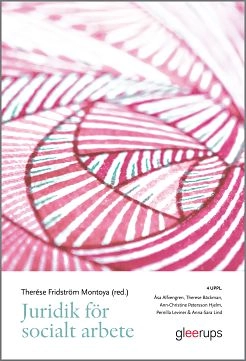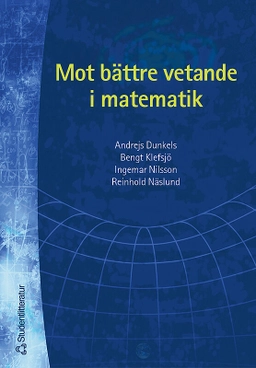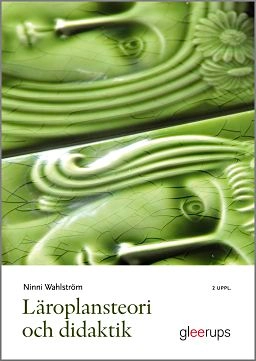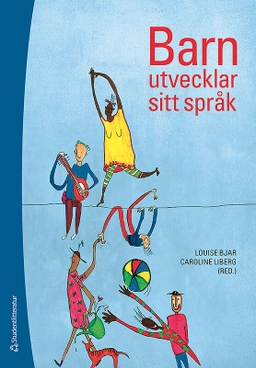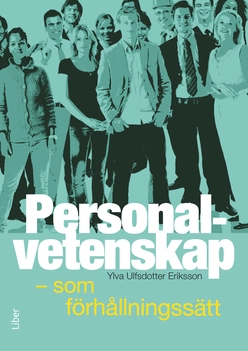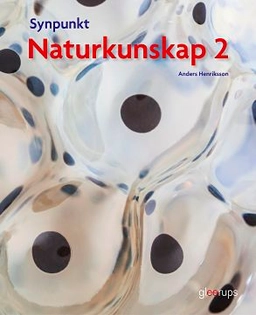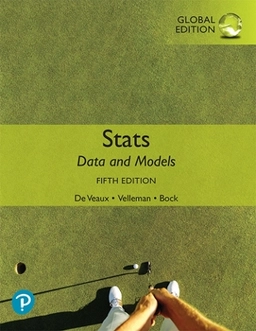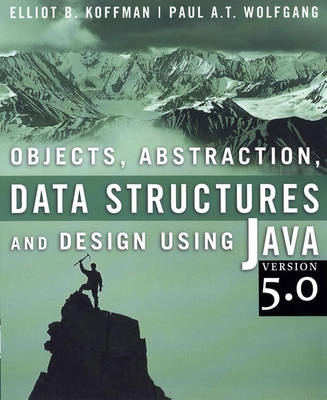

Objects, Abstraction, Data Structures and Design Using JavaTM Version 5.0Upplaga 1
- Upplaga: 1a upplagan
- Utgiven: 2004
- ISBN: 9780471692645
- Sidor: 880 st
- Förlag: John Wiley & Sons
- Format: Häftad
- Språk: Engelska
Om boken
Åtkomstkoder och digitalt tilläggsmaterial garanteras inte med begagnade böcker
Mer om Objects, Abstraction, Data Structures and Design Using JavaTM Version 5.0 (2004)
I november 2004 släpptes boken Objects, Abstraction, Data Structures and Design Using JavaTM Version 5.0 skriven av Elliot Koffman, Paul Wolfgang. Det är den 1a upplagan av kursboken. Den är skriven på engelska och består av 880 sidor. Förlaget bakom boken är John Wiley & Sons som har sitt säte i Hoboken.
Köp boken Objects, Abstraction, Data Structures and Design Using JavaTM Version 5.0 på Studentapan och spara pengar.
Referera till Objects, Abstraction, Data Structures and Design Using JavaTM Version 5.0 (Upplaga 1)
Harvard
Oxford
APA
Vancouver
